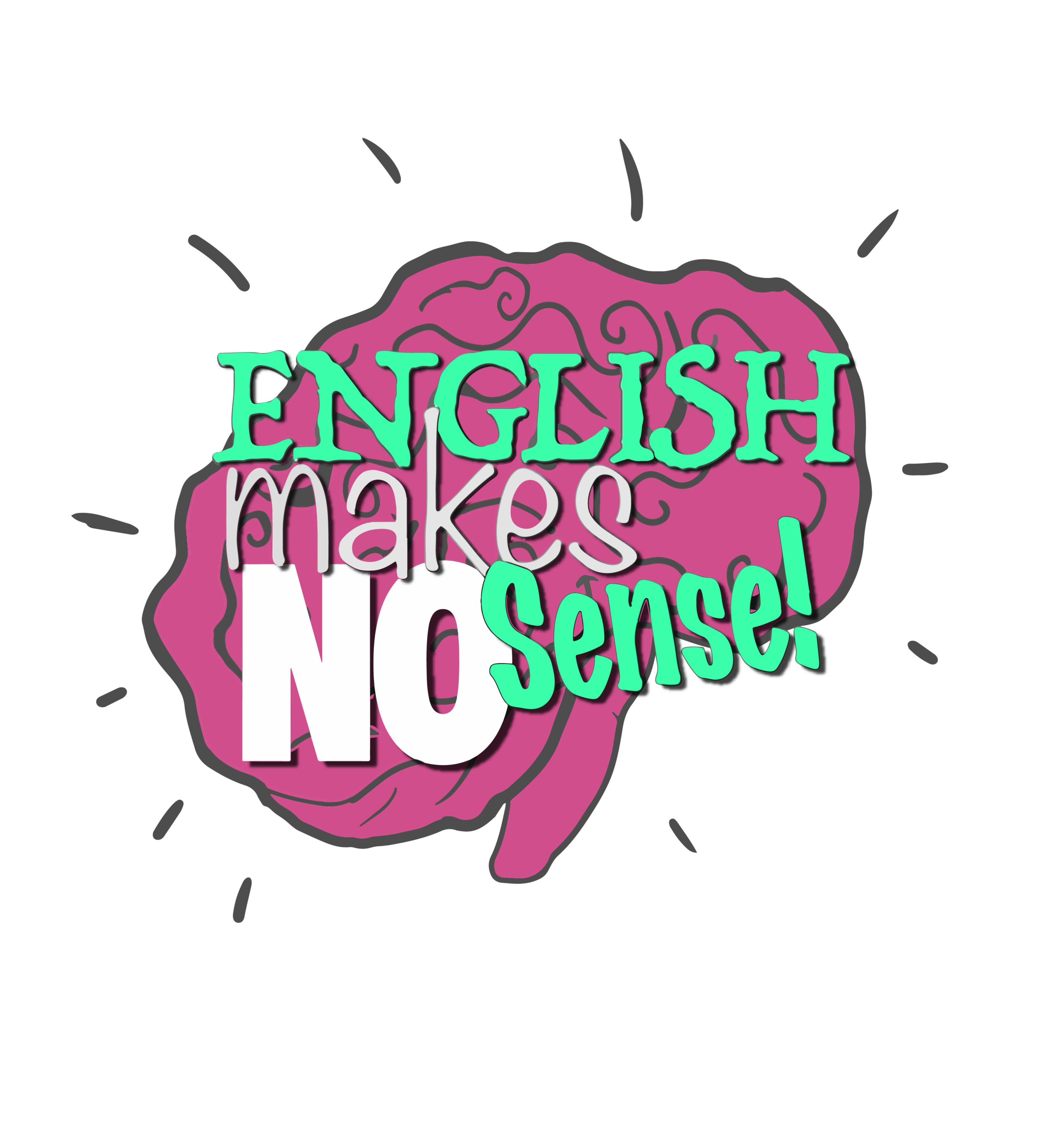“To,” “too,” and “two” are homophones, which means they sound alike but have different meanings and spellings. Here’s when to use each one:
To
- “To” is a preposition that indicates movement or direction toward a place, person, or thing.
- It is also used as an infinitive marker before a verb to indicate purpose, intention, or action.
- Examples:
- We are going to the park.
- She wants to learn how to play the piano.
- I gave the book to her.
Too
- “Too” is an adverb that means also, as well, or excessively.
- It is used to indicate an excessive degree or an additional item or condition.
- Examples:
- She wants to come too.
- It’s too cold to go outside.
- He ate too much cake.
Two
- “Two” is a number that comes after one and before three.
- It represents the quantity or count of two items.
- Examples:
- I have two cats.
- They bought two tickets to the concert.
- Two plus two equals four.
Remember:
- “To” is used for direction or purpose.
- “Too” means also or excessively.
- “Two” represents the number 2.
By understanding the distinctions between these words, you can use them correctly in writing and speaking to convey your intended meaning effectively.







